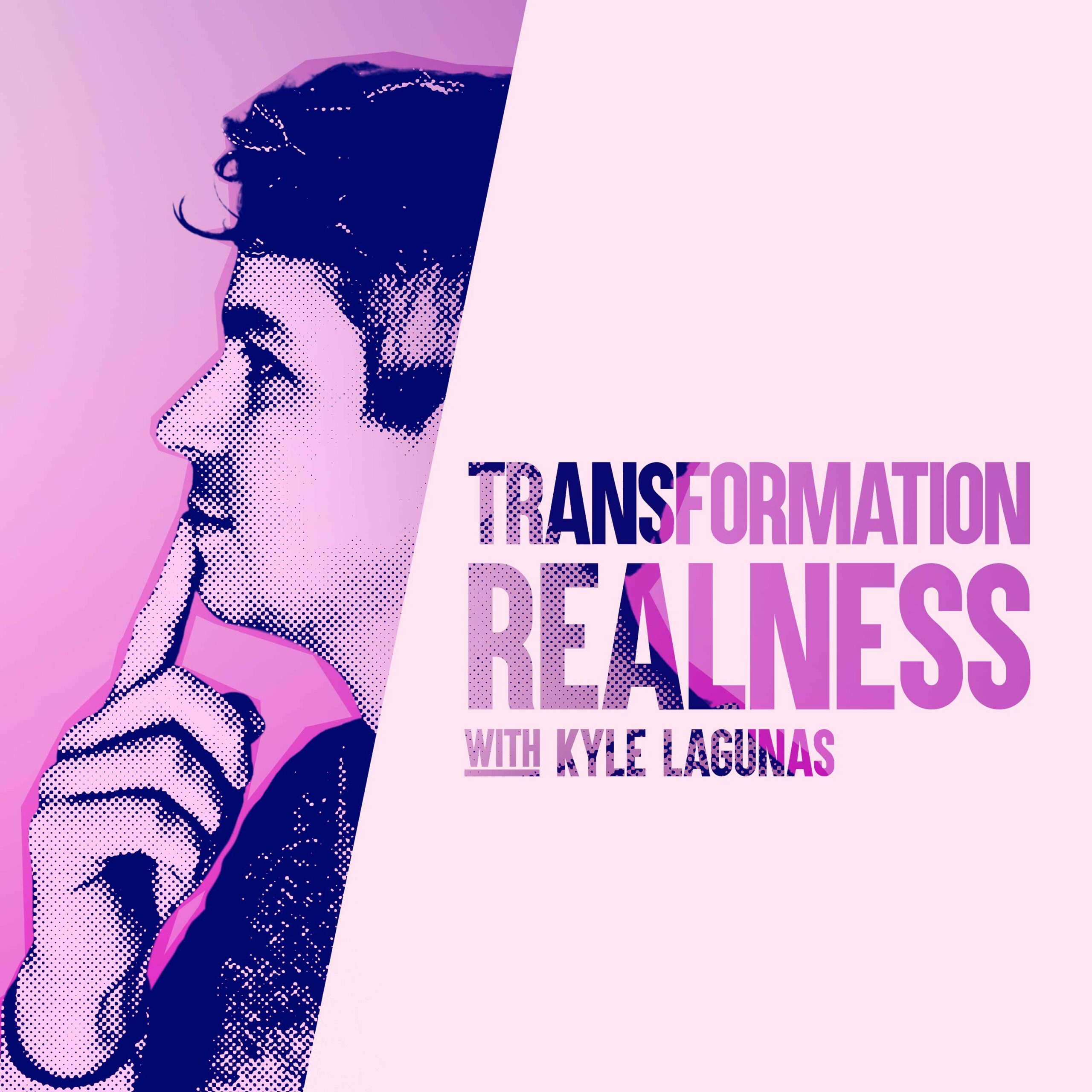On this episode of Transformation Realness, I’m talking with Hung Lee, editor of leading industry newsletter Recruiting Brainfood. We’re taking a look at the chaotic era of COVID-19 and the ripple effect the pandemic had on recruitment practices. Hung and I compare notes on where we could have done things differently, where we had absolutely no control, and where things landed.
“The last five years have been really putting the TA function, recruitment function, through a wringer,” Hung says. So, what the heck happened to recruitment during COVID-19 — and more importantly, where has that journey taken us? I’m glad you asked!
The ups and downs in recruitment since the pandemic have reshaped the function as we knew it. Hung compares it to baking, where making a small change to the recipe completely transforms the result — for better or worse. “What’s happened over the last five years is that we’ve stretched this dough, and we’ve transformed it, and we’ve broken bits off — and different things are going to happen,” he says. “So I think that’s been the macro impact on us as a function.”
Listen to hear Hung’s perspective on the ever-evolving recruitment function and how companies and talent leaders must adapt to thrive in these changing times.
It’s Time to Bring the Band Back Together
Talent acquisition leaders and practitioners have worked hard to separate their roles from broader HR programs. “I think that’s a valid argument to make, because you do need different skills, you do need different kinds of capabilities, maybe even different personalities,” Hung says. “But at the same time, I think the worst thing we could have done is to separate to such an extent that we’re no longer collaborating.”
Completely divorcing talent acquisition from talent strategy leads to siloed decision-making and can limit TA’s role to traditional, external recruitment efforts. But recruitment can add so much more value to the business than just that. “I think the future of TA needs to roll back somewhat towards HR,” Hung says, “and will operate more cohesively because all of these things are obviously interlinked.”
A stronger focus on strategic workforce planning, backed by a unified talent acquisition and HR function, might have provided more stability during and since the pandemic.
Why No Investments in Internal Mobility Have Stuck
Internal mobility is the topic du jour in HR circles today, yet many employers still struggle to create successful internal mobility programs. And it’s not for lack of trying: companies are investing money, effort, and resources into tools and processes that are supposed to make it easier to engineer talent, but for many, nothing has stuck.
It comes down to three problems, Hung says. First, “employees are not aware as to when those opportunities actually are there,” he says, because internal systems for communicating job openings are notoriously unreliable for reaching the right people with the right roles.
The second problem, Hung says, is political. Without a culture that supports mobility, all too often employees simply don’t make a move because they’re concerned about how it might affect their current role or relationship with their boss. “When you apply for a job internally, there is an implication and a consequence, irrespective of success or failure,” Hung says.
The third problem, Hung says, relates to managers, who simply aren’t incentivized to push internal mobility opportunities to their teams. “No operational manager enjoys extra or unexpected recruiting, because that’s a hole they need to fill — particularly if you’re a good worker,” Hung says. “The only people that managers are happy to push out are ineffective workers.”
You can invest in all the tools in the world, but seeing real change comes down to providing the right processes and culture to support employee career development and mobility.
We’d Be Remiss Not to Talk About AI
COVID-19 prompted more investment in recruitment technology and tech-enabled processes. But people are still wary of artificial intelligence scoring and ranking resumes, Hung says — although this feature is built into many recruitment tools today. A more palatable use of AI is to “present the quantified data and then have the human being make that decision,” Hung says.
Decisions of any kind are challenging, but even more so now when we have to make choices without the luxury of stability. Any decisions we make, whether it’s who to hire or what AI tools to invest in, we need to make in the face of uncertainty. “We have to reject the mindset that there is a normal to go back to,” Hung says. “We’re on a roller coaster, and the roller coaster doesn’t end. What we have to do is simply develop the skill set to deal with uncertainty and to make decisive decisions.”
People in This Episode
- Hung Lee: LinkedIn, Recruiting Brainfood
Author
-

Kyle Lagunas is the Head of Strategy & Principal Analyst at Aptitude Research. He’s spent over a decade studying innovation cycles in HR and talent technology—with leadership roles in both the solution provider and practitioner space—and brings that breadth of experience and insight to his work advising vendors and practitioners on the ever-evolving world of talent. He’s a transformational talent leader, top industry analyst, and non-nonsense strategist with a reputation for bringing a fresh perspective to the table. Before joining Aptitude, he served as the Head of Talent Attraction, Sourcing & Insight at General Motors where he led the go-to-market functions of the company’s global talent acquisition and played a pivotal role in transforming their recruiting strategies and processes. At Beamery, his role as Director of Strategy put him at the intersection of customer experience, sales and marketing, and product. At Aptitude, Kyle brings together all aspects of his career to bridge the ever-growing gap between talent leaders, their stakeholders, and their solution providers to power more meaningful outcomes.
Recent Posts
